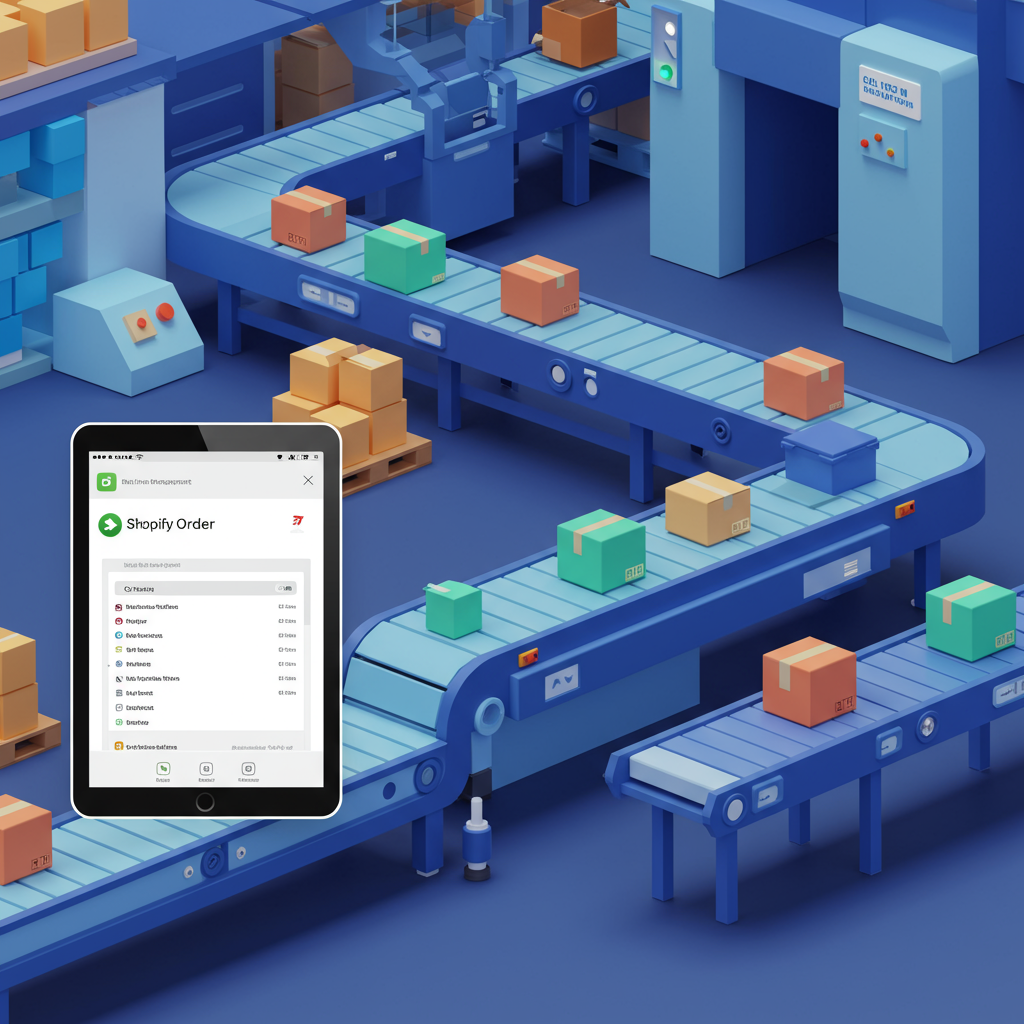Discover how I transformed my Shopify operations by embracing automation, saving time, reducing errors, and scaling my business with ease.
As a Shopify merchant, I know firsthand the thrill of a new order. It’s a validation of your hard work, your product, and your brand.
But I also know the reality that follows: the fulfillment process. For many of us, this can quickly become a bottleneck, consuming precious time and resources.
That’s why I want to talk about automating your Shopify fulfillment process. It’s not just a buzzword; it’s a strategic move that can transform your business.
When I first started, I handled every order manually. Printing labels, packing boxes, driving to the post office – it was a full-time job in itself, even with just a few orders a day.
I quickly realized that if I wanted to scale, this manual approach simply wouldn’t cut it. My time was better spent on marketing, product development, and customer service.
So, what exactly does ‘automating fulfillment’ mean? At its core, it’s about using technology to handle repetitive tasks in your order processing, picking, packing, and shipping.
The goal is to minimize human intervention, reduce errors, and speed up delivery times, all while keeping costs in check.
Let’s break down the typical fulfillment journey. It starts when a customer places an order on your Shopify store.
Next, you need to pick the correct items from your inventory, pack them securely, and then ship them to the customer.
Finally, you’ll want to provide tracking information and handle any post-delivery inquiries or returns. Each step offers opportunities for automation.
One of the first areas I looked at was order processing. Shopify itself does a great job of centralizing orders, but integrating it with other systems is key.
For instance, automatically generating pick lists and packing slips directly from your Shopify orders saves immense time compared to manual transcription.
Many Shopify apps specialize in this, allowing you to customize documents and even batch process orders for efficiency.
Shipping label generation is another huge time-saver. Instead of manually entering addresses into a carrier’s website, I use apps that pull customer data directly from Shopify.
These apps often compare shipping rates across multiple carriers, helping me find the most cost-effective and fastest option for each order. This is known as rate shopping.
Automated tracking updates are also crucial. My customers appreciate receiving real-time notifications about their package’s journey without me having to send individual emails.
Shopify’s built-in notification system is a good start, but many shipping apps enhance this with branded tracking pages and more detailed updates.
Inventory management is intrinsically linked to fulfillment. Automating inventory updates ensures you never oversell or run out of stock unexpectedly.
Integrating your Shopify store with an inventory management system (IMS) or even a simple app can automatically adjust stock levels as orders come in and go out.
For businesses with higher volumes, I’ve found that considering a Third-Party Logistics (3PL) provider can be a game-changer.
A 3PL handles everything from warehousing your products to picking, packing, and shipping orders on your behalf. They are experts in fulfillment automation.
When you use a 3PL, your Shopify store integrates directly with their system. Orders are automatically sent to their warehouse, processed, and shipped without you lifting a finger.
This frees up your time significantly and often provides access to better shipping rates due to their volume discounts.
Another powerful tool within Shopify is Shopify Flow. This allows you to create custom automation workflows based on specific triggers and conditions.
For example, I’ve used Flow to automatically tag high-value orders, send specific emails to customers, or even notify my team when a certain product is low in stock.
When choosing automation tools or a 3PL, I always recommend looking for seamless integration with Shopify. The less manual data transfer, the better.
Consider your current order volume, your growth projections, and your budget. Start with the areas causing you the most pain.
Implementing automation doesn’t have to happen all at once. I suggest starting small, perhaps with shipping label generation, and then gradually expanding.
After reading through this, what do you think about this article? I’m curious to hear your thoughts and experiences with fulfillment automation.
In conclusion, automating your Shopify fulfillment process is an investment that pays dividends in time saved, reduced errors, happier customers, and ultimately, business growth.
It allows you to focus on what you do best: building your brand and connecting with your customers, rather than getting bogged down in logistics.
Embrace the tools available, and watch your Shopify business operate more smoothly and efficiently than ever before.






